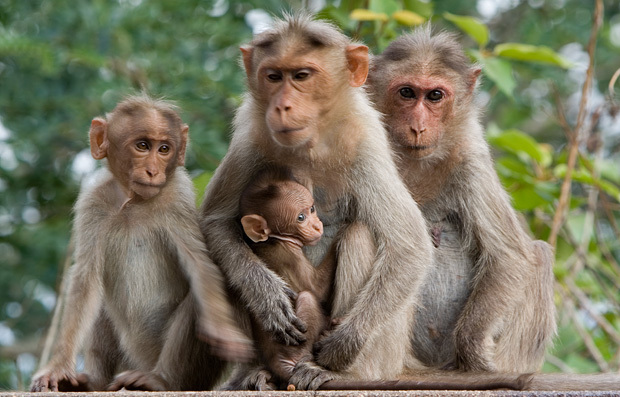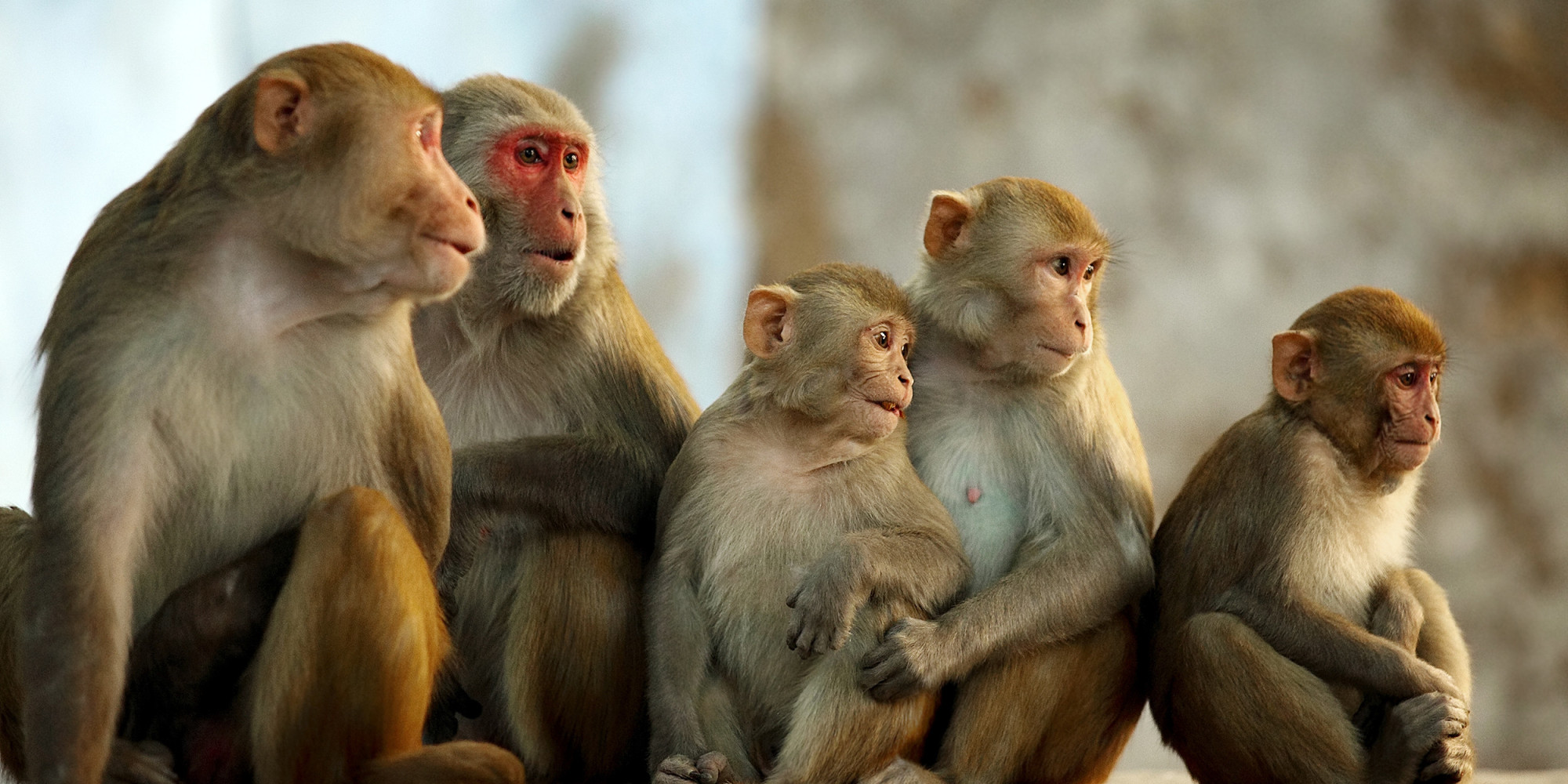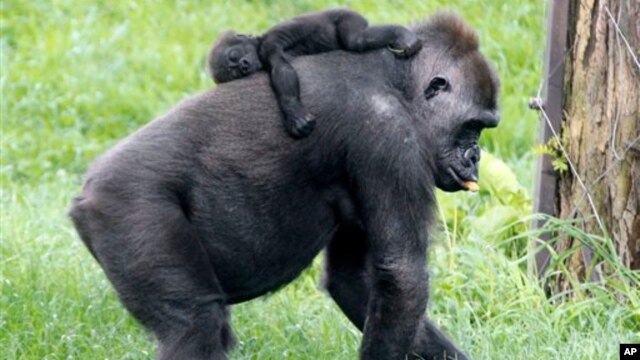Animals
All about animals
Wednesday, 4 November 2015
Information
INFORMATION ABOUT ANIMALS
MONKEYS
 Monkeys are haplorhine ("dry-nosed") primates, a paraphyletic group generally possessing tails and consisting of approximately 260 known living species. Many monkey species are tree-dwelling (arboreal), although there are species that live primarily on the ground, such as baboons. Most species are also active during the day (diurnal). Monkeys are generally considered to be intelligent, particularly Old World monkeys.
Monkeys are haplorhine ("dry-nosed") primates, a paraphyletic group generally possessing tails and consisting of approximately 260 known living species. Many monkey species are tree-dwelling (arboreal), although there are species that live primarily on the ground, such as baboons. Most species are also active during the day (diurnal). Monkeys are generally considered to be intelligent, particularly Old World monkeys.
Lemurs, lorises, and galagos are not monkeys; instead they are strepsirrhine ("wet-nosed") primates. Like monkeys, tarsiers are haplorhine primates; however, they are also not monkeys. There are two major types of monkey: New World monkeys (platyrrhines) from South and Central America and Old World monkeys (catarrhines of the superfamily Cercopithecoidea) from Africa and Asia. Hominoid apes (gibbons, orangutans, gorillas, chimpanzees, and humans), which all lack tails, are also catarrhines but are not considered monkeys.(Tailless monkeys may be called "apes", incorrectly according to modern usage; thus the tailless Barbary macaque is sometimes called the "Barbary ape".) Because old world monkeys are more closely related to hominoid apes than to new world monkeys, yet the term "monkey" excludes these closer relatives, monkeys are referred to as a paraphyletic group. Simians ("monkeys") and tarsiers emerged within haplorrhines some 60 million years ago. New world monkeys and catarrhine monkeys emerged within the simians some 35 millions years ago. Old world monkeys and Hominoidea emerged within the catarrhine monkeys some 25 millions years ago. Extinct basal simians such as Aegyptopithecus or Parapithecus [35-32 Million years ago] are also considered monkeys by primatologists.
APES
 Apes (Hominoidea) are a branch of Old World tailless anthropoid catarrhine primates native to Africa and Southeast Asia. They are distinguished from other primates by a wider degree of freedom of motion at the shoulder joint as evolved by the influence of brachiation. There are two extant branches of the superfamily Hominoidea: the gibbons, or lesser apes; and the hominids, or great apes.
Apes (Hominoidea) are a branch of Old World tailless anthropoid catarrhine primates native to Africa and Southeast Asia. They are distinguished from other primates by a wider degree of freedom of motion at the shoulder joint as evolved by the influence of brachiation. There are two extant branches of the superfamily Hominoidea: the gibbons, or lesser apes; and the hominids, or great apes.- The family Hylobatidae, the lesser apes, include four genera and a total of sixteen species of gibbon, including the lar gibbon and the siamang, all native to Asia. They are highly arboreal and bipedal on the ground. They have lighter bodies and smaller social groups than great apes.
- The family Hominidae, known collectively as the great apes, include orangutans, gorillas, chimpanzees, and humans; alternatively, this family clade is also known as the hominids. There are seven extant species of great apes: two in the orangutans (genus Pongo), two in the gorillas (genus Gorilla), two in the chimpanzees (genus Pan), and a single extant species, Homo sapiens, of modern humans (genus Homo).
Members of the superfamily Hominoidae are called hominoids—which term is not to be confused with hominids, the family of great apes; or with the hominins, the tribe of humans also known as the human clade; or with other very similar terms of primate taxa. (Compare terminology of primate names.)
PARROTS
PARROTS
Parrots, also known as psittacines are birds of the roughly 372 species in 86 genera that make up the order Psittaciformes,found in most tropical and subtropical regions. The order is subdivided into three superfamilies: the Psittacoidea ("true" parrots), the Cacatuoidea (cockatoos), and the Strigopoidea (New Zealand parrots).[Parrots have a generally pantropical distribution with several species inhabiting temperate regions in the Southern Hemisphere, as well. The greatest diversity of parrots is in South America and Australasia.
Characteristic features of parrots include a strong, curved bill, an upright stance, strong legs, and clawed zygodactyl feet. Many parrots are vividly coloured, and some are multi-coloured. Most parrots exhibit little or no sexual dimorphism. They form the most variably sized bird order in terms of length.
The most important components of most parrots' diets are seeds, nuts, fruit, buds, and other plant material. A few species sometimes eat animals and carrion, while the lories and lorikeets are specialised for feeding on floral nectar and soft fruits. Almost all parrots nest in tree hollows (or nest boxes in captivity), and lay white eggs from which hatch altricial (helpless) young.
Parrots, along with ravens, crows, jays, and magpies, are among the most intelligent birds, and the ability of some species to imitate human voices enhances their popularity as pets. Trapping wild parrots for the pet trade, as well as hunting, habitat loss, and competition from invasive species, has diminished wild populations, with parrots being subjected to more exploitation than any other group of birds.Measures taken to conserve the habitats of some high-profile charismatic species have also protected many of the less charismatic species living in the same ecosystems.
Tiger
The tiger (Panthera tigers) is the largest cat species,
reaching a total body length of up to 3.38 m (11.1 ft) over curves and
exceptionally weighing up to 388.7 kg (857 lb) in the wild. Its most recognizable
feature is a pattern of dark vertical stripes on reddish-orange fur with a
lighter underside. The species is classified in the genus Panthera with the
lion, leopard, jaguar and snow leopard. Tigers are apex predators, primarily
preying on ungulates such as deer and bovids. They are territorial and
generally solitary but social animals, often requiring large contiguous areas
of habitat that support their prey requirements. This, coupled with the fact
that they are indigenous to some of the more densely populated places on Earth,
has caused significant conflicts with humans.
Tigers once ranged widely across Asia, from Turkey in the
west to the eastern coast of Russia. Over the past 100 years, they have lost
93% of their historic range, and have been extirpated from southwest and
central Asia, from the islands of Java and Bali, and from large areas of
Southeast and Eastern Asia. Today, they range from the Siberian taiga to open
grasslands and tropical mangrove swamps. The remaining six tiger subspecies
have been classified as endangered by IUCN. The global population in the wild
is estimated to number between 3,062 and 3,948 individuals, down from around
100,000 at the start of the 20th century, with most remaining populations
occurring in small pockets isolated from each other, of which about 2,000 exist
on the Indian subcontinent.Major reasons for population decline include
habitat destruction, habitat fragmentation and poaching. The extent of area
occupied by tigers is estimated at less than 1,184,911 km2 (457,497 sq mi), a
41% decline from the area estimated in the mid-1990s.
Tigers are among the most recognizable and popular of the
world's charismatic megafauna. They have featured prominently in ancient
mythology and folklore, and continue to be depicted in modern films and
literature. They appear on many flags, coats of arms, and as mascots for
sporting teams. The tiger is the national animal of Bangladesh, India, Vietnam,
Malaysia and South Korea.
Subscribe to:
Comments (Atom)






